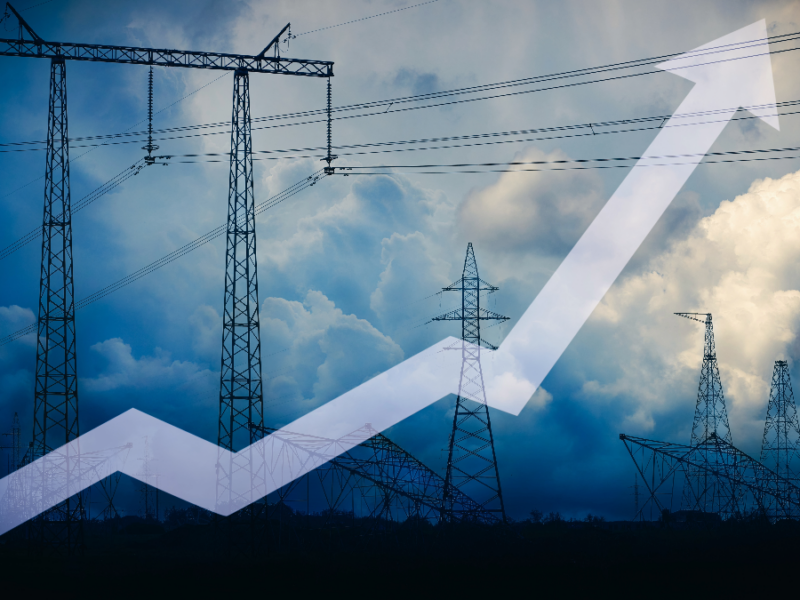
Optimum power billing tariff selection with the energy cost calculator feature
The situation on the energy price market due to geopolitical measures and the ‘green transition’ is changing very dynamically. The increased costs associated with the production, distribution and sale of electricity are being passed on to end consumers in the form of higher bills for its consumption.
Despite the implementation of support measures by governments in many countries to reduce the impact of energy prices, individual consumers, businesses, local governments and educational institutions are experiencing the increase in their budgets.
Fears of upcoming further increases mobilises, and sometimes forces, consumers to take countermeasures. One of such measures is to study and analyse the nature of energy consumption to select the optimal tariff offered by electricity sellers.
Situation on the electricity market
Electricity is a good just like water or gas and is therefore subject to certain specific rules for its sale and purchase. Sellers purchase electricity on power exchanges such as EEX, EPEX SPOT or NORD POOL in the form of contracts. Analyses carried out in recent years show a sharp rise in prices. In addition, the very high carbon price must be taken into account (EUA). In June 2017, the carbon price was around EUR 5/tonne, and in 2020 around EUR 20/tonne. The pandemic situation, Russia’s aggression against Ukraine and the global energy crisis caused further increases. This action led to annual contracts exceeding 220 EUR/tonne in July. Adding to this the price of raw materials at the ports of carriers such as coal and gas, and the continuous rise in quotations for CO2 emissions (currently around EUR 85-90/tonne), the citizens of many countries (not only those in the EU) have experienced the increase in electricity prices.
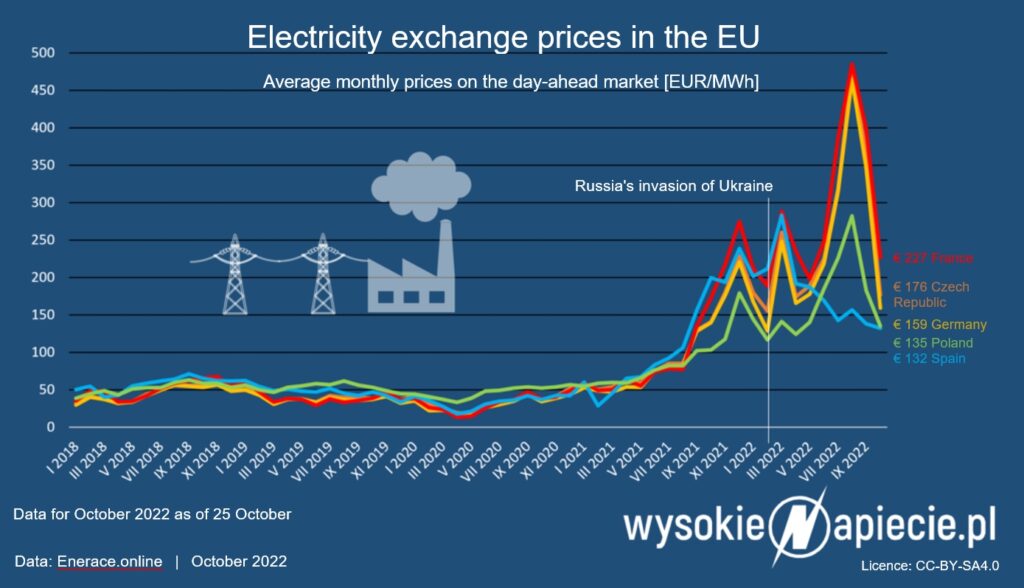
Fig. 1. Energy exchange prices in the EU. Average monthly prices on the day-ahead market [EUR/MWh]
Factors that increase electricity prices
There are many reasons for the increase in electricity prices, some of which include:
- increase in the price of raw materials such as coal and gas, which in many countries are the primary carrier for generating electricity in power plants;
- restrictions in the extraction and supply of energy resources and their rationing due to the upcoming period of increased consumption for heat generation;
- increased demand associated with the recovery of businesses after the COVID-19 pandemic;
- cost of carbon price, which has increased from around EUR 20/tonne from 2020 to a value of close to EUR 85/tonne.
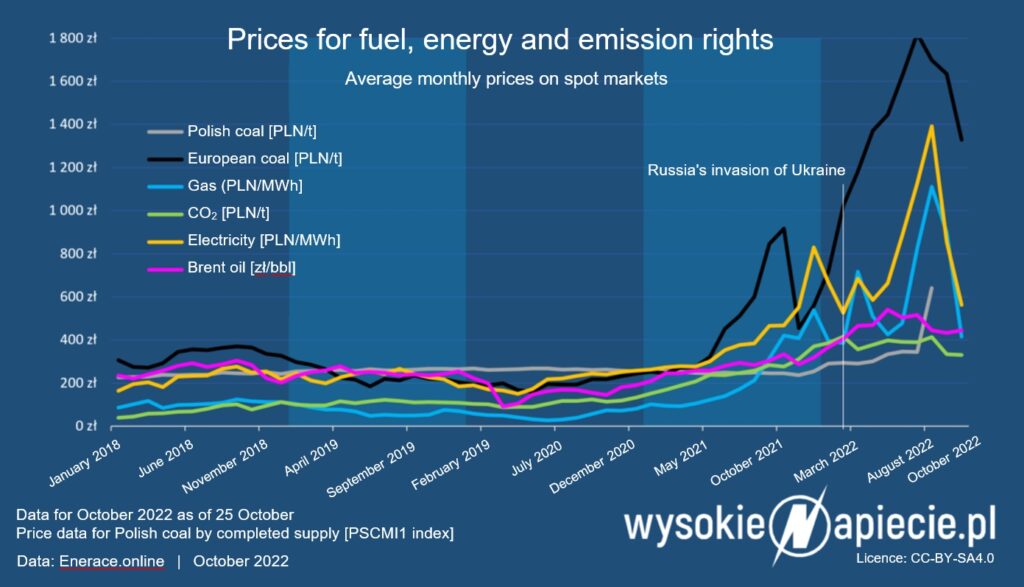
Fig. 2. Prices for fuel, energy and emission rights. Average monthly prices on spot markets
Tariffs for electricity
Apart from the most obvious ways of reducing electricity charges, such as reducing consumption or investing in one’s own energy sources such as photovoltaic systems, there are also ways of optimising the electricity billing tariff signed with the electricity seller. A tariff is nothing more than a pricing plan that takes into account the nature of the time and quantity of the end-consumer’s electricity consumption. Tariffs are offered by Electricity Sellers and they can be contractually divided due to:
a) nature of the destination:
- households;
- small, medium-sized enterprises and farms supplied from low-voltage lines, tariff for construction works;
- large companies supplied from the medium voltage grid;
- major business consumers such as factories, mines fed from the high voltage grid;
b) contracted power:
- e.g. up to 40 kW;
- over 40 kW;
c) number of time zones:
- single-zone billing;
- dual-zone billing, e.g. night – day;
- three-zone billing, e.g. morning peak, afternoon peak, other hours;
- four-zone billing, rarely used with division into four time zones;
d) time zone billing method marker:
- peak and off-peak hours, can also relate to the seasons;
- day and night hours;
- weekend tariffs.
Note. Depending on the country concerned, there may be other tariff divisions. Contact your electricity seller for more details.
In the market for the sale of electricity for businesses consuming larger volumes (dependent on regulations in the country), there is a dynamic tariff offer. By choosing this tariff, the consumer does not have a contracted fixed price with regulated energy consumption. The price depends on the price assigned for that hour of its consumption on the Power Exchange e.g. EEX, NORD POOL, TenneT or EXAA. Due to the dynamically changing situation in the energy markets, the choice of this tariff is subject to the risk of unpredictable price hikes.
Optimum tariff choice
Since there are possibilities to choose the billing tariff from our Seller’s offer, in order to reduce the charges by making the optimal option, an analysis of the electricity consumption profile should be carried out in the company as well as with individual consumers. A specially designed Energy Cost Calculator function is available on Sonel S.A. devices, e.g. by the Sonel PQM-707 power quality analyser or Sonel MPI-540 multifunction meter.
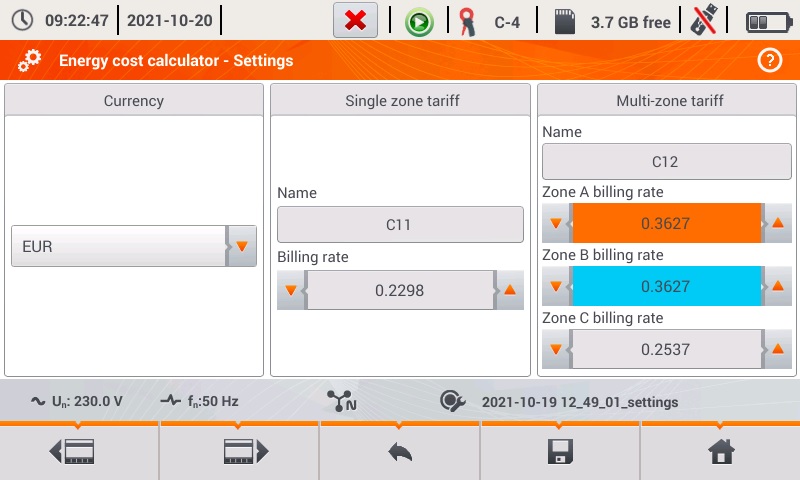
Fig. 3 Energy cost calculator – main settings
On the basis of the recorded EP active energy values, it is possible to profile the nature of its consumption. Among other things, it is possible to observe at what times of the day the highest consumption occurs, whether this is influenced by the labour system (1-shift, 2-shift or 3-shift), whether there are changes in energy consumption on weekend days, whether the situation is repetitive and each month or week is characterised by a similar consumption cycle.
Knowing the active energy consumption profile, which, with appropriate reactive power compensation in the company, will be the main component on the bills from the Seller, can be compared with the tariff offer of the given Seller, i.e. translated into a meter function – by entering the rates, days and times of validity from a given Seller’s calculator in the cost calculator settings and taking into account the recorded active energy consumption data, we can determine the tariff at which our bills should be the lowest. Thanks to the user-friendly and intuitive interface, making changes to the time intervals of the zones concerned is quick and easy.
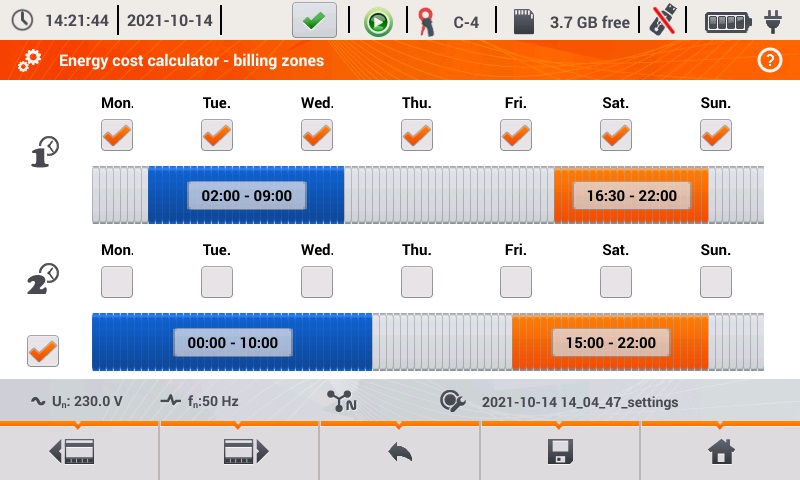
Fig. 4 Energy cost calculator – billing tariff zone settings
When carrying out analyses of the active energy consumption profile, but also when examining the quality of the grid, the analysis of its parameters and the increasing number of other components to be billed for electricity, professional measuring devices such as power quality analysers, among others, should be used.
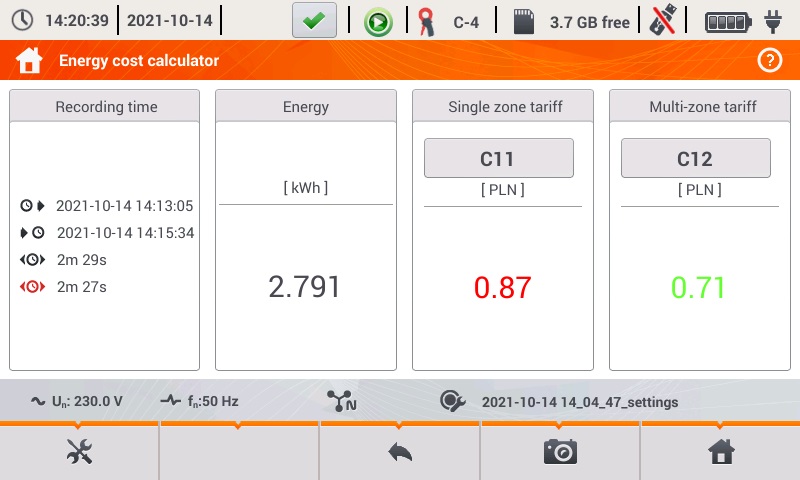
Fig. 5 Energy cost calculator results screen
Measurements of parameters such as DC and AC current and voltage, losses due to poor power quality, as well as measurements of active, reactive and apparent power, avoid breakdowns and save labour and money on repairs and tariff billing. Special functions, such as the energy cost calculator, help to select the optimum billing tariff, which has a direct impact on savings and a reduction in perceived increases in electricity prices.
Summary
As electricity consumers, we have little influence on its market price. We are obliged to take steps to reduce our bills so as not to lead to serious financial consequences. In order to prevent such effects, it is of utmost importance to be aware and confident that we have done everything possible to make the maximum reduction in electricity costs. The use of devices that examine your electricity consumption profile allows you to analyse and optimise your tariff for the nature of your consumption in a non-invasive way. The Energy cost calculator described in the article is one of the tools that can contribute to achieving the intended objectives.
Author: Adam Szczepanik, Sonel S.A.
Products mentioned in the article:



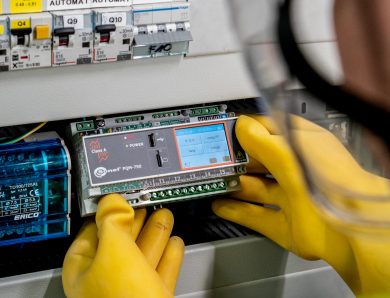
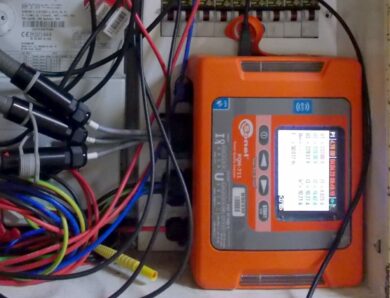

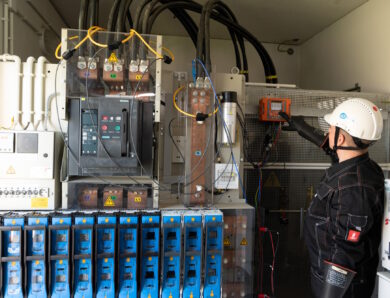
No Comment